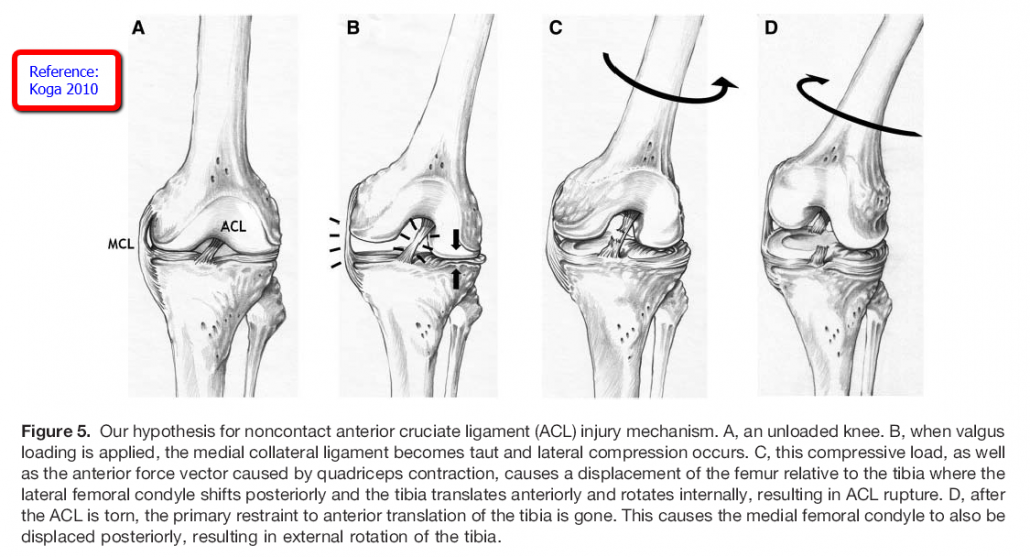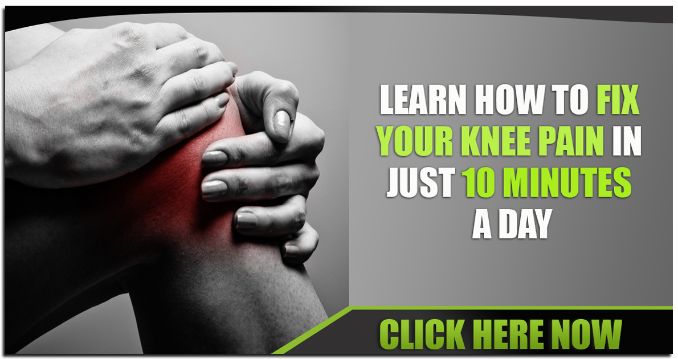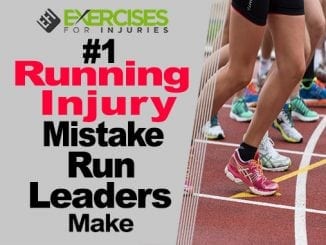
The anterior cruciate ligament (ACL) is one of the four main ligaments in the knee. It’s located deep within the joint, behind the femur, and in front of the tibia. The ACL connects the femur with the tibia and plays a critical role in keeping these two bones stabilized while a person is moving or jumping. In contact sports such as football, rugby, field hockey, basketball, and ice hockey, players are at risk of sustaining non-contact ACL injuries.
I took a break from research reviews. Well, not a review, kind of a filtering down to help you, compared to full-blown research analysis.
During the break, I was getting feedback from you on what you wanted to see.
I have heard you loud and clear on the things that you want to see when it comes to injuries – elbow injuries, ankle injuries, shin splints, iliotibial band syndrome, tensor fascia latae issues, acute injury recovery tips, chronic pain injury tips, and dealing with pain at the back of the knee when walking. I will be working on this throughout 2011.
Let me clarify a few of the papers I have put to the side and still need to look at. Now let’s get to the article.
What They Looked At
They looked at ten anterior cruciate ligaments (ACL) injury videos from women during handball and basketball to determine what biomechanical factors lead to the ACL injury.
Cool Points
Few cool things that they said in the introduction:
- Non-contact ACL injuries in women occur during cutting or one-leg landing movements.
What They Found
- At initial contact, there was a valgus movement (knee going in).
- The tibia rotated internally and then externally.
- ACL injury occurred at about 40 milliseconds mark after initial contact.
- The mechanism of injury was the valgus movement of the knee with the tibia rotated internally, and then after the tear, the tibia externally rotating.
- The valgus and internal rotation movements contributed to the ACL injury.
A few other things that are not in the abstract:
- Six injured left knee and four right.
- ACL injury occurred during the game, and they were handling the ball.
- There was a rapid valgus movement of 12 degrees.
- There was a low flexion angle and damage.
Here is a great visual from the paper that I thought was great on how they feel a non-contact ACL injury occurs:
Take-Home Message
The Prevention Program – Prevention programs should focus on good cutting, and landing techniques with the knee flexed and without valgus loading.
More than Lines and Side Shuffle – I remember when I played basketball. All we would do for prevention were lines, side shuffles, and drills. This does not cut it anymore. More needs to be done with landing and preparing the knee in all planes of movement. This can quickly be done with an 8-minute program that focuses on neuromuscular re-education of the knee. This can be done before a game or as a drill during practice.
I go through my knee injury rehabilitation exercises here:
If you are looking for other ACL articles to read, I have a stack of them:
Thank you so much for reading. Let me know in the comment box below if you have any questions or what you think.
Rick Kaselj, MS







